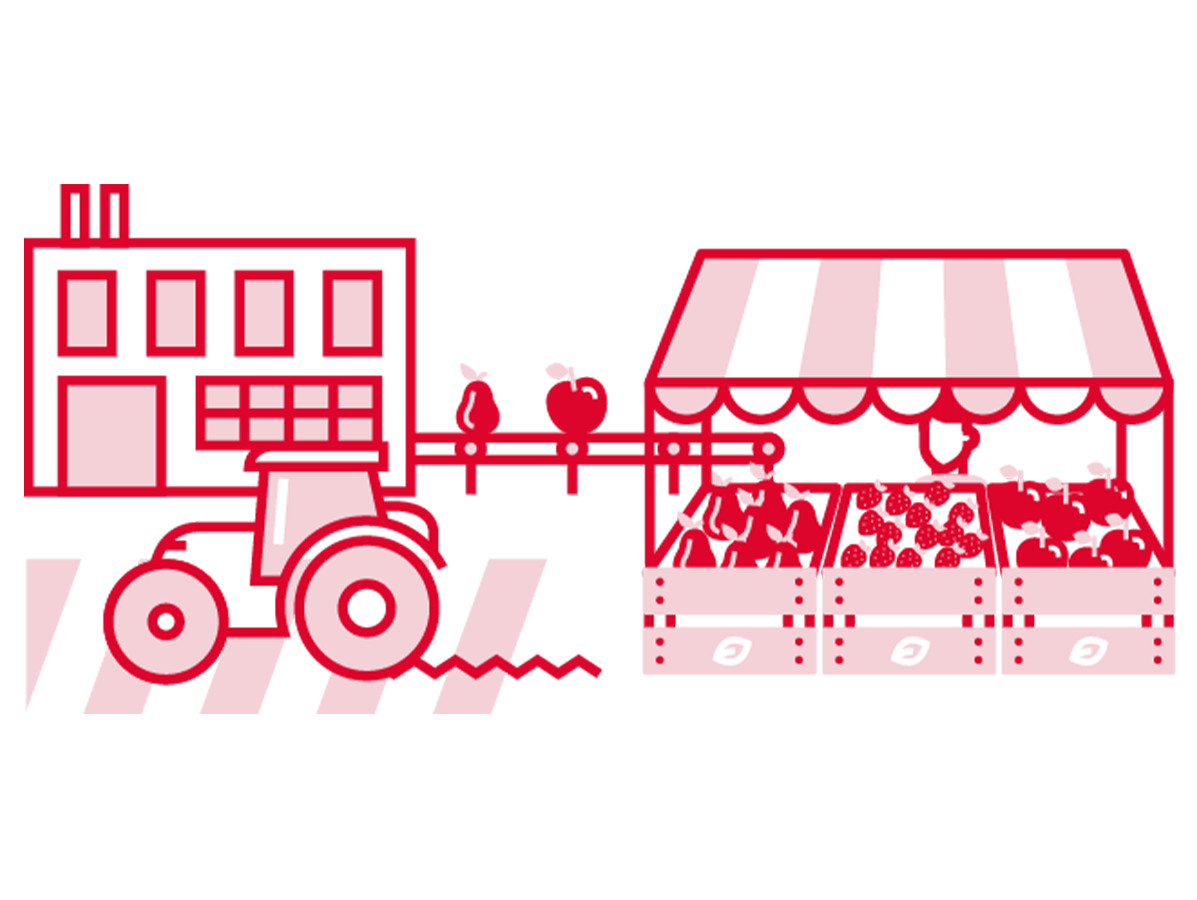
As of 2021 Skal works with a new rate structure based on target groups. Separate rates apply for each target group. As of 2021 Skal has 3 target groups: Points of sale, Normal risk companies and High risk companies.
For existing certified bio-companies two supervisory arrangements are possible in 2021: high or normal risk. The supervision arrangement high applies to the 10% certified organic companies, where the impact on the reliability of organic products is estimated as a high risk. The companies with the highest risk will receive a second inspection in 2021 and pay higher annual contributions.
Due to the postponement of the entry into force of the new organic regulation to 2022, the introduction of the target group 'Low risk companies' has been postponed by one year. For this reason, small 100% organic companies can continue to apply for the 'small organic' tariff. Companies in the target group 'Low risk' receive an inspection every other year from 2022 onwards and pay lower contributions.
Until 2021 there was only an annual contribution. As of 2021 this is divided into three contributions; an annual contribution, a certification contribution and a supervisory contribution. The amount of these contributions depends on the target group. Due to the division into target groups with accompanying supervision arrangements, the costs of the different activities per target group can be better divided among the certified companies. Furthermore, from 2021 onwards, the starting fee that was calculated during the execution of inspections will disappear. The starting fee is now part of the certification contribution.
For 90% of the companies Skal will not become more expensive in 2021. The 10% high-risk companies will have to deal with a rate increase (this concerns about 330 companies that were not yet classified in the target group 'high risk' in 2020).
Many of the high-risk companies will be importers that import high-risk products and for which often legally required samples are taken from the Guidelines imposed by Europe.
Click here for the Skal Tariffs sheet 2021 (Dutch only)
skal.nl
Source: Skal Biocontrole